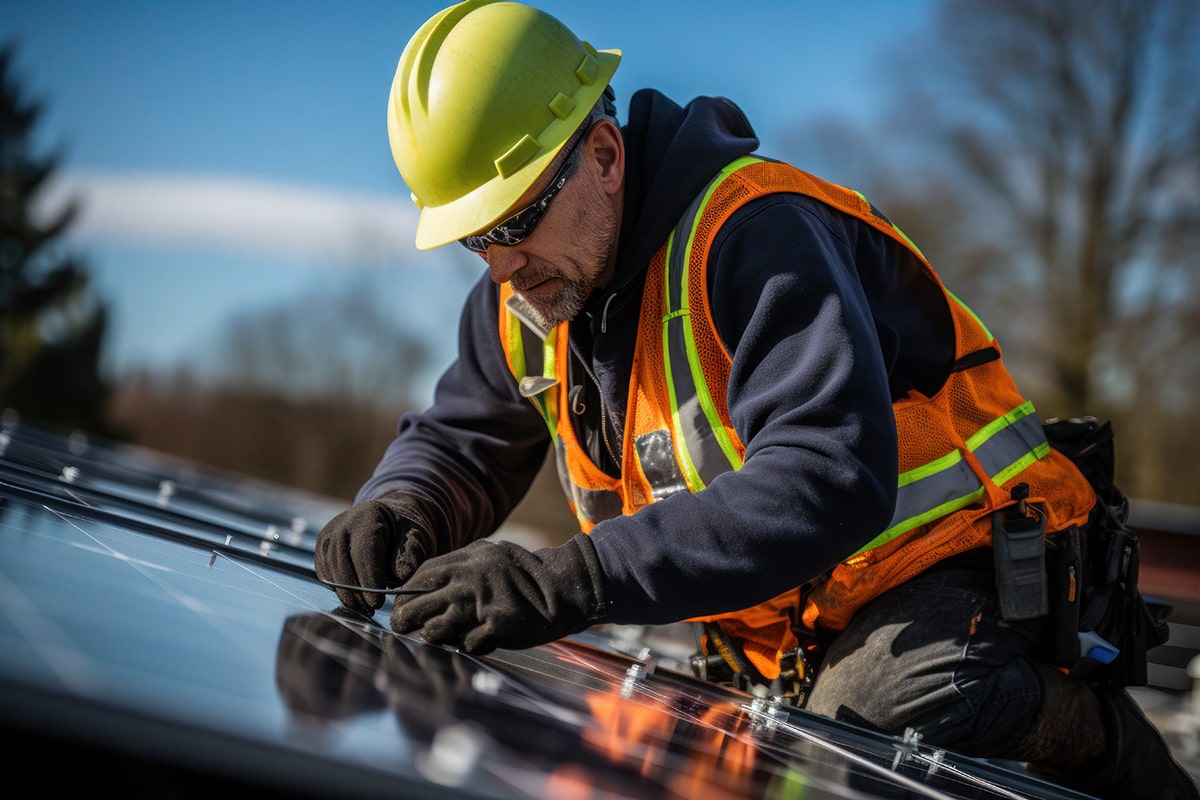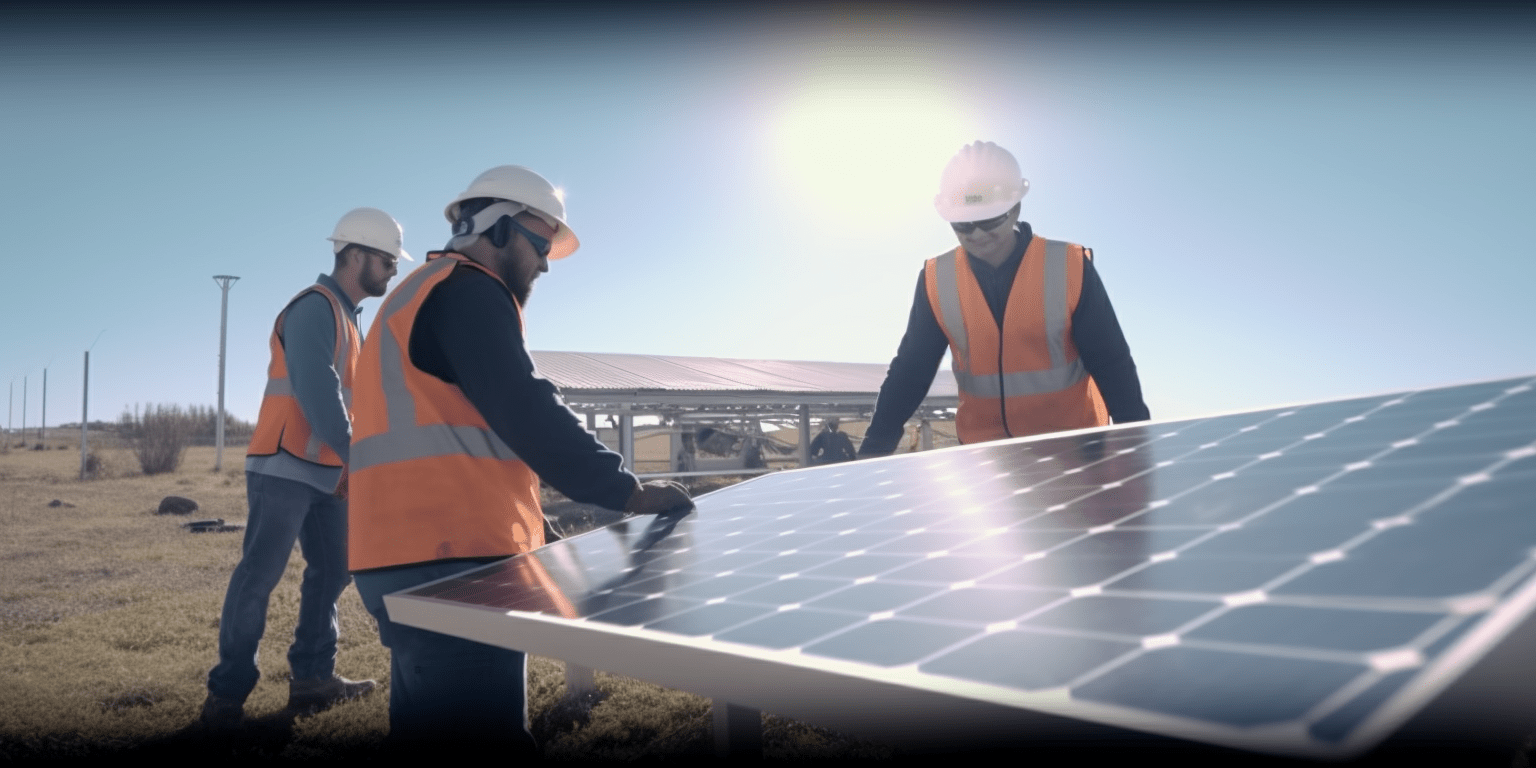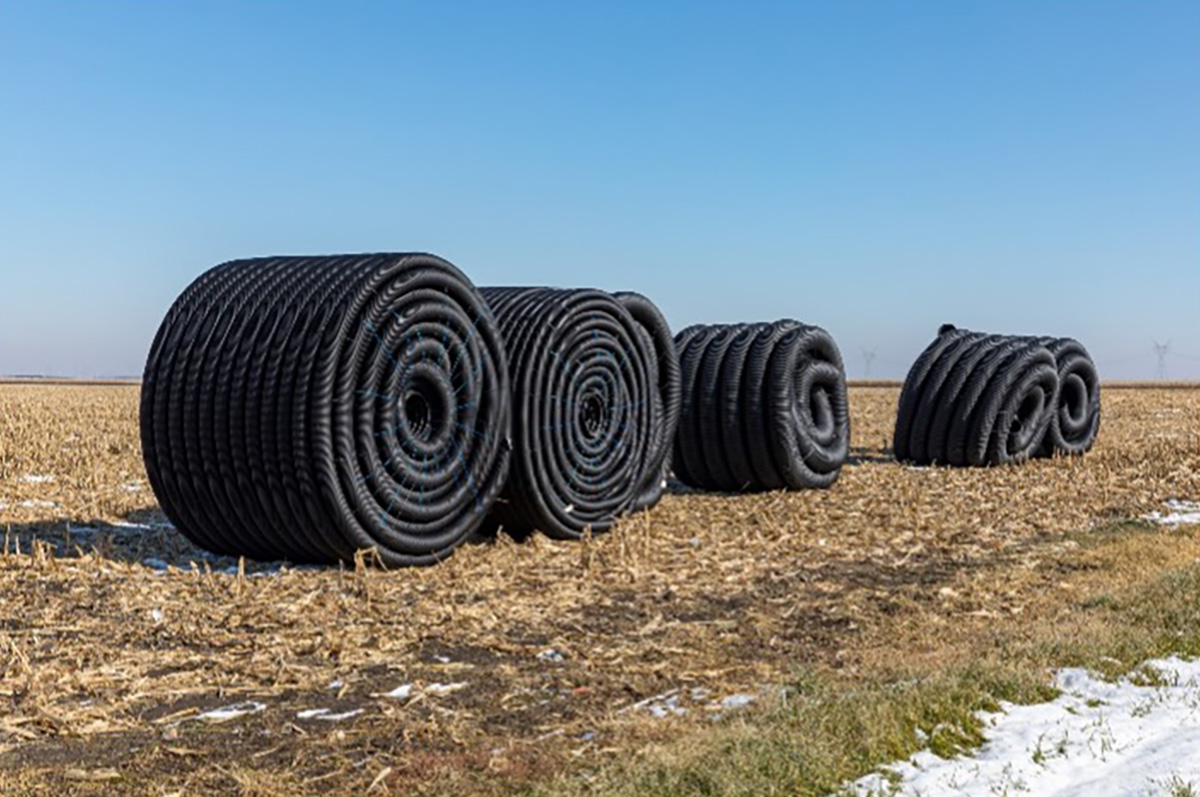Since the 1980s, the Department of Agriculture working hand-in-hand with our farmers and ranchers, has developed conservation programs to rest and revitalize the land. Today’s solar and wind energy projects do just that — rest soil, conserve land and water, and create a better environment — all while continuing to harvest already existing resources like the wind and the sun.

Farmers and ranchers have always used new technology to improve their operations. From tractors to seed, very few of the tools in farming mirror their predecessors from 15 years ago, much less the farms of our parents and grandparents.
I have seen firsthand that new technology developed in America increased demand for our products worldwide. New markets, new practices, new methods have been a part of the natural evolution of American agriculture for generations.
Conversations about solar and wind farms are becoming more common across rural America, and what was once an exotic and expensive idea is now a cost-effective reality that you see driving down a county road. Among the great beauties of agriculture is that while the technology around it advances every day, the men and women who farm and ranch are just as committed to feeding, clothing, and providing energy to the entire world as my ancestors were.
In the coming months and years, some farmers will plant corn or soybeans on their land while others will set aside some acreage for solar or wind projects. Both will yield a harvest and continue to let the land produce for their families, and their investment in farmland will pay off for future generations.
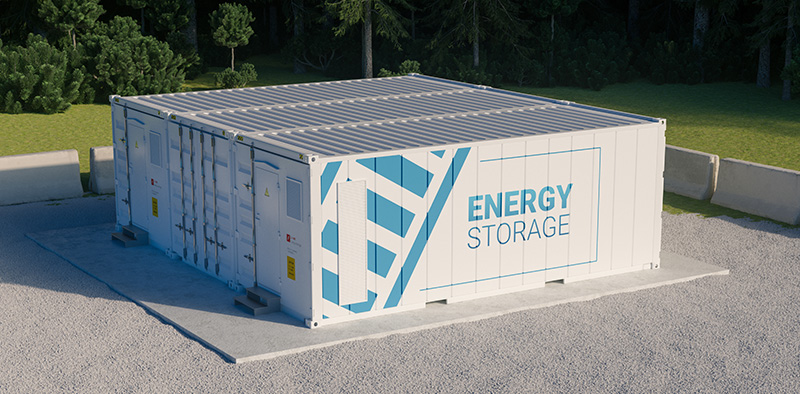


 Farmers and ranchers have always used new technology to improve their operations. From tractors to seed, very few of the tools in farming mirror their predecessors from 15 years ago, much less the farms of our parents and grandparents.
Farmers and ranchers have always used new technology to improve their operations. From tractors to seed, very few of the tools in farming mirror their predecessors from 15 years ago, much less the farms of our parents and grandparents.
